Steel Production: The Foundation of Tinplate in the Metal Packaging Industry
Tinplate is a widely used material in the metal packaging industry, and its production begins with the manufacture of high quality steel. This steel, which constitutes more than 99% of tinplate by weight, is essentially a tin-coated steel product. The tinplate production process begins in the blast furnace and tin smelter, although in practice, it is considered to begin with the manufacture of base steel.
1. Base Steel Fabrication
Base steel is the body and essence of tinplate, determining its final properties. Base steelmaking is a process that begins with obtaining raw steel in liquid form from two basic processes: using iron ore or recycled scrap.
A. Iron Ore Smelting Process: In this method, iron ore is subjected to a smelting process to obtain liquid steel. The quality of the steel depends on the composition and cleanliness achieved during this process.
B. Process from Scrap: Scrap is also used as raw material for steel production. In fact, all tinplate packaging contains a percentage of recycled material, demonstrating the industry’s commitment to sustainability and the circular economy.
1.1. Base Steel Composition: The composition of the base steel is a critical factor that is decided at the time of fabrication, defining its future use as a rolled product. The base steel used in the manufacture of tinplate is of the low carbon type, with a carbon content ranging from 0.03% to 0.13%. This steel usually comes in sheets between 5 and 20 meters long, with a width of slightly more than one meter and a thickness of 20 cm.
1.2. Manufacturing Sequence: The tinplate manufacturing sequence involves several key steps:
- Hot rolling: The steel plate is subjected to a deformation process in a hot rolling mill, reducing its thickness to a continuous strip of about 2 mm.
- Pickling: The oxide layer formed during hot rolling is removed.
- Cold Rolling: The thickness is further reduced and the surface quality of the steel is improved.
- Annealing: It is performed to recover the ductility of the material after cold rolling.
- Tempering: The hardness of the steel is adjusted to the required specifications.
- Electrolytic tin plating: The steel is coated with a layer of tin to protect it from corrosion.
Conclusion
The production of base steel is the fundamental starting point for the manufacture of tinplate, which will later be used in the metal packaging industry. The quality of the steel, its composition and the control of the manufacturing processes are decisive to obtain a final product that meets the demanding needs of protection and preservation of food and other products. With a well-established and controlled process, tinplate remains a key material in the manufacture of metal packaging, combining durability, strength and recyclability.

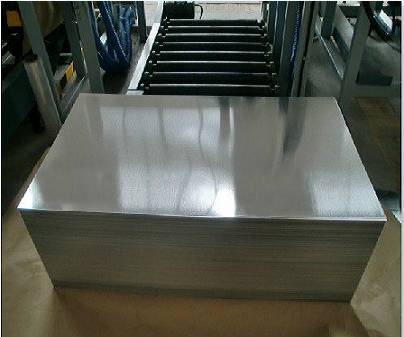
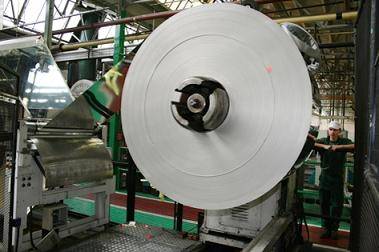

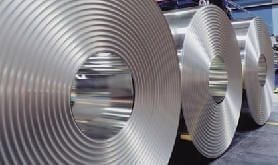
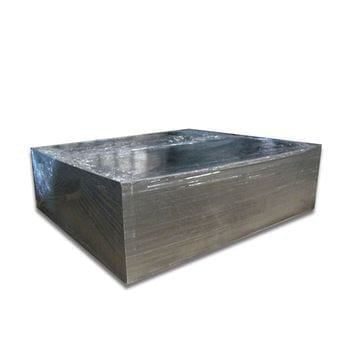
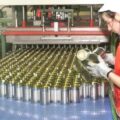
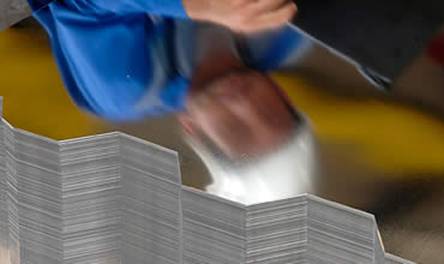

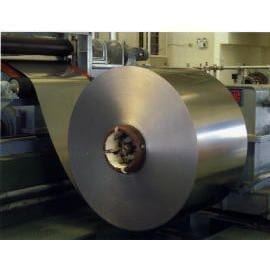



We can supply all kinds of tinplate, mill finish or printed tinplate.
If anybody would like to import.